Home>Articles>Which Direction Should A Ceiling Fan Go In Summer
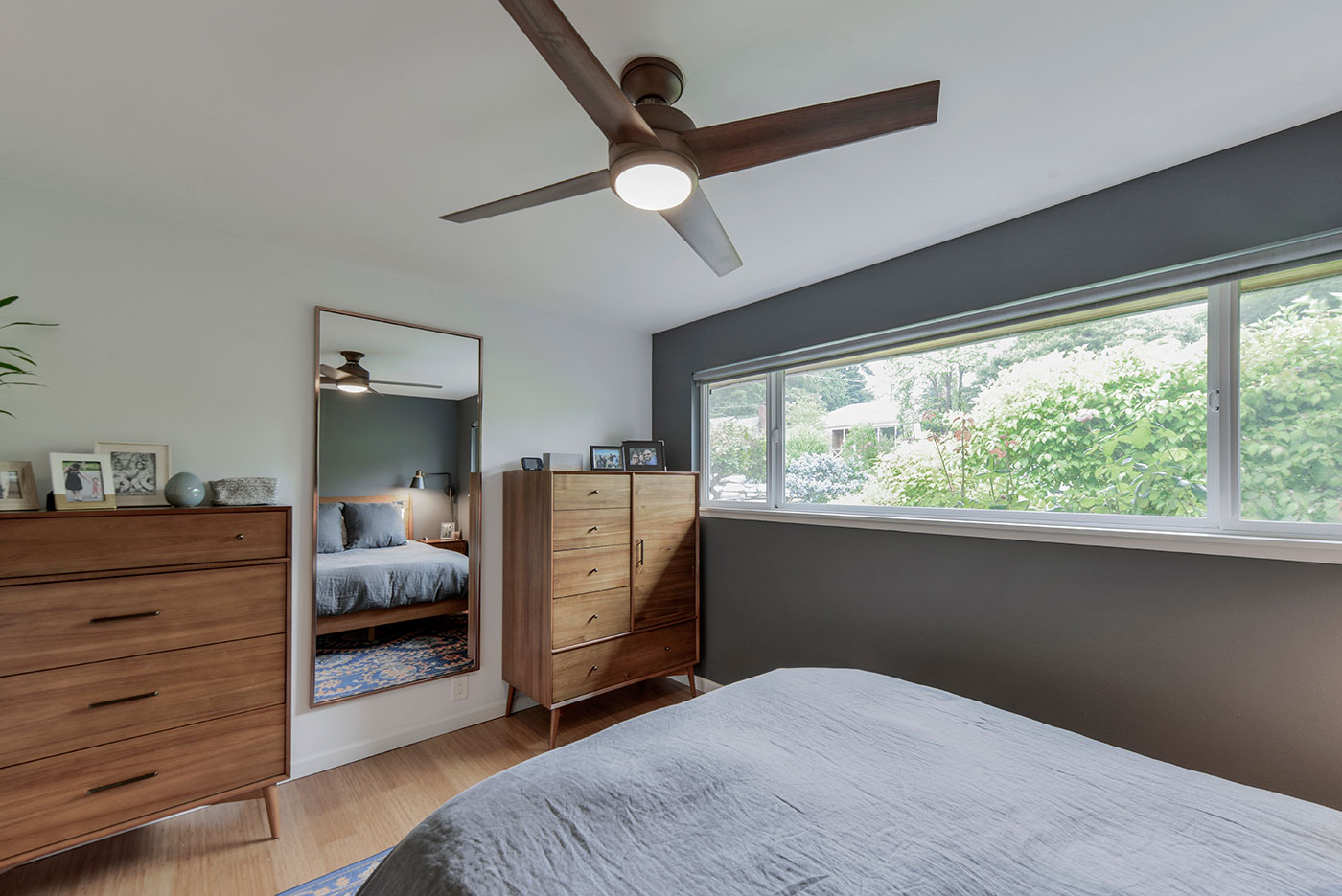

Articles
Which Direction Should A Ceiling Fan Go In Summer
Modified: February 28, 2024
Discover the ideal direction for your ceiling fan in the summer season. Read our informative articles for valuable tips and advice.
(Many of the links in this article redirect to a specific reviewed product. Your purchase of these products through affiliate links helps to generate commission for Storables.com, at no extra cost. Learn more)
Introduction
When the sweltering summer heat sets in, finding ways to stay cool becomes a top priority. While air conditioning can provide relief, it can also be expensive to run all day long. That’s where ceiling fans come in. Not only do they help circulate the air, but they can also make a room feel cooler without consuming a lot of energy.
However, to get the most out of your ceiling fan during the summer months, it’s important to know which direction it should rotate. Yes, you heard that right – ceiling fans can rotate in different directions, and understanding their correct setting is crucial for optimal comfort and energy efficiency.
So, in this article, we’ll delve into the importance of ceiling fan direction in the summer and explore which way your ceiling fan should rotate for maximum cooling effects. Whether you’re a seasoned fan user looking for a refresher or a beginner eager to learn, this guide will help you stay cool and comfortable all summer long.
Key Takeaways:
- During summer, set your ceiling fan to rotate counterclockwise to create a cooling breeze that evaporates moisture from your skin, making you feel cooler without lowering the room’s temperature.
- Utilize additional tips such as adjusting fan speed, using open windows for cross-ventilation, and maintaining fan cleanliness to maximize the cooling benefits of your ceiling fan during the summer.
Understanding Ceiling Fan Direction
Before we dive into the details of which direction your ceiling fan should go in summer, let’s first understand how ceiling fan direction works. Ceiling fans are designed with reversible motors, which means they can rotate in two different directions: clockwise (also known as “winter mode”) and counterclockwise (also known as “summer mode”).
When a ceiling fan rotates clockwise, the air is drawn upward and then pushed downward, creating a gentle updraft. On the other hand, when a ceiling fan rotates counterclockwise, the air is pushed downward and creates a cooling breeze in the room.
The direction of your ceiling fan’s rotation plays a crucial role in how it affects the temperature in your space. In the summer, you want to feel the cooling breeze, so the fan should rotate counterclockwise. This direction creates a wind-chill effect that helps to evaporate moisture from your skin, making you feel cooler even without lowering the room’s actual temperature.
On the contrary, during the winter months, you want to circulate warm air without creating a cooling breeze. This is where the clockwise rotation comes into play. By running your ceiling fan in reverse, the warm air that naturally rises to the ceiling is gently pushed back down towards the floor, distributing heat more evenly throughout the room.
Now that we have a basic understanding of ceiling fan direction, let’s explore the benefits of using a ceiling fan in the summer.
Benefits of Using a Ceiling Fan in Summer
Using a ceiling fan in the summer offers numerous benefits beyond just creating a cooling breeze. Here are some of the advantages of incorporating a ceiling fan into your summer cooling routine:
- Energy efficiency: Ceiling fans are much more energy-efficient compared to air conditioning units. They consume far less electricity, making them a cost-effective choice for keeping your space comfortable during the hot summer months.
- Improved air circulation: Ceiling fans help distribute air throughout the room, creating better air circulation. This can be especially beneficial in larger spaces or rooms with poor ventilation, as it helps reduce stuffiness and maintain a fresh and comfortable environment.
- Constant airflow: Unlike air conditioners that cool the air and shut off, ceiling fans provide a constant airflow. This continuous movement of air helps prevent stagnant pockets of hot air and ensures a consistent and pleasant temperature throughout the room.
- Reduced reliance on air conditioning: By using a ceiling fan in conjunction with an air conditioner, you can increase the efficiency of your cooling system. The fan helps to distribute the cool air more evenly, allowing you to set the thermostat at a higher temperature and still feel comfortable.
- Noisy-free operation: Unlike air conditioners that can be quite noisy, especially window units, ceiling fans operate silently. This makes them ideal for use in bedrooms or spaces where quiet cooling is essential for uninterrupted sleep or concentration.
- Versatility and style: Ceiling fans come in a wide range of styles, designs, and sizes, allowing you to choose one that complements your interior décor. They not only serve as functional appliances but can also enhance the aesthetic appeal of your space.
- Enhanced indoor comfort: The cooling breeze created by a ceiling fan helps to evaporate sweat from your skin, providing a perceived cooling effect that greatly improves your comfort level, even on the hottest summer days.
Now that we’ve explored the benefits of using a ceiling fan in the summer, let’s discover why it’s important to ensure the correct ceiling fan direction during this season.
Importance of Correct Ceiling Fan Direction in Summer
Choosing the correct direction for your ceiling fan in the summer is vital to maximize its cooling potential and enhance your comfort. Here’s why the correct ceiling fan direction is important during the hot summer months:
- Optimal air circulation: Running your ceiling fan in the correct direction during summer ensures that the air is circulated efficiently. When the fan rotates counterclockwise, it creates a cooling breeze that helps to lower your body temperature and make you feel more comfortable.
- Increased cooling effect: A ceiling fan set to the right direction can make a room feel cooler by creating a wind-chill effect. This effect speeds up the evaporation of perspiration from your skin, thus providing a refreshing sensation without actually lowering the room’s temperature.
- Energy efficiency: By using a ceiling fan in the summer, you can reduce your reliance on air conditioning and save energy. The cooling breeze generated by the fan allows you to raise the thermostat a few degrees without sacrificing comfort, resulting in lower energy consumption and lower utility bills.
- Improved air quality: Ceiling fans help to improve indoor air quality by promoting air movement and reducing stagnant air. This can be particularly beneficial during the summer when humidity levels are higher and the air can feel stale. The constant airflow provided by the fan helps to maintain fresh and healthier air in your space.
- Prevention of moisture buildup: In areas with high humidity, inadequate ventilation can lead to moisture accumulation, which can cause mold and mildew growth. Running a ceiling fan in the correct direction helps to prevent moisture buildup by promoting better air circulation and reducing the chances of mold and mildew formation.
- Enhanced comfort while sleeping: A ceiling fan running in the right direction can provide significant comfort benefits while you sleep. The gentle breeze helps to regulate your body temperature, reduce night sweats, and create a soothing atmosphere for better sleep quality.
- Extended lifespan of the fan: Using the ceiling fan in the correct direction helps to maintain optimal performance and prolong its lifespan. Proper airflow and circulation prevent overheating of the motor and ensure that the fan operates efficiently, reducing the risk of premature wear and tear.
Now that we understand the importance of correct ceiling fan direction in the summer, let’s explore which direction your fan should rotate for optimal cooling effects.
Which Way Should a Ceiling Fan Go in Summer?
Now that the summer heat is upon us, it’s time to adjust the direction of your ceiling fan for optimal cooling. In summer, the ceiling fan should rotate in a counterclockwise direction for maximum cooling effects. This means that the fan blades should be angled so that they spin in a counterclockwise direction when you’re looking up at them.
When the ceiling fan rotates counterclockwise, it creates a cooling breeze that blows downward and creates a wind-chill effect. This airflow helps to evaporate moisture from your skin, providing a refreshing and cooling sensation even without reducing the room’s temperature.
By setting your ceiling fan to the correct direction in summer, you can enhance your comfort and make the room feel cooler without excessively relying on air conditioning. The cooling breeze generated by the fan can make a significant difference in how comfortable you feel, especially on hot and humid days.
It’s important to note that not all ceiling fans have a direction switch on their motor housing. If your fan doesn’t have a switch, check the manual or consult the manufacturer’s instructions to determine the default direction for summer cooling.
Next, let’s explore how you can change the direction of your ceiling fan to ensure it’s spinning counterclockwise in summer.
During the summer, your ceiling fan should rotate counterclockwise to create a cooling breeze. This will help to make the room feel cooler and reduce the need for air conditioning.
Read more: Which Direction Should Fan Go In Winter
Clockwise Rotation for Summer Cooling
Contrary to what you might assume, the clockwise rotation of a ceiling fan is actually intended for winter use. However, it can still be utilized in summer to enhance the cooling effect in certain circumstances.
When a ceiling fan rotates clockwise, it creates a gentle updraft. This upward flow of air helps to redistribute warm air that naturally accumulates near the ceiling. In winter, when you want to circulate warm air throughout the room, running the fan in the clockwise direction can be beneficial.
But how can clockwise rotation be useful in summer? Consider rooms with high ceilings or areas where hot air tends to accumulate near the ceiling. By running the fan in the clockwise direction in these situations, you can effectively push the hot air downward and create a more evenly distributed temperature in the room.
This technique is particularly useful in rooms with vaulted ceilings, where the hot air rises and can leave the lower part of the room feeling cooler. By running the fan in winter mode (clockwise), you can help distribute the warm air down and maintain a more comfortable environment.
However, keep in mind that this method is not as effective as running the fan counterclockwise to create a cooling breeze. It’s a supplementary approach that can benefit specific room configurations or when you want to optimize temperature distribution.
Now that you understand the potential use of clockwise rotation in summer, let’s explore how you can change the direction of your ceiling fan to ensure it’s spinning correctly.
Counterclockwise Rotation for Winter Warmth
When the colder months arrive and you’re looking to stay cozy and warm, it’s time to switch the direction of your ceiling fan to counterclockwise. In winter, running the fan in this direction helps to create a gentle downdraft, which can circulate warm air efficiently and provide additional warmth to your space.
By running your ceiling fan in the counterclockwise direction, the blades will push air downward. This movement of air disrupts the natural rising of warm air, which tends to accumulate near the ceiling. Instead, the fan redirects the warm air back down towards the floor, providing more even heat distribution throughout the room.
This counterclockwise rotation helps in two ways. First, it prevents the warm air from becoming trapped near the ceiling, where it’s less beneficial for keeping you warm. Second, the circulation of warm air downward can make you feel more comfortable at a lower thermostat setting, potentially saving you on heating costs.
It’s important to note that running a ceiling fan alone will not generate warm air. Instead, it helps to distribute the already heated air more effectively, ensuring that it reaches all parts of the room and doesn’t get trapped near the ceiling.
Remember to adjust your ceiling fan to the counterclockwise direction during the winter months to experience the full benefits of this heat distribution technique.
Coming up next, let’s explore how you can change the direction of your ceiling fan to ensure it’s spinning either clockwise or counterclockwise, depending on the season.
How to Change the Direction of a Ceiling Fan
Changing the direction of your ceiling fan is a simple process that can be done in just a few steps. Here’s how you can switch the direction of your ceiling fan:
- Locate the fan’s direction switch: Most ceiling fans have a small switch located on the motor housing, usually near the base of the fan blades. The switch is typically labeled “forward” or “reverse” to indicate the direction of rotation.
- Turn off the fan: Before changing the direction, make sure the fan is turned off. This will prevent any accidents or injuries while you work on the fan.
- Flip the direction switch: Once the fan is off, use a ladder or step stool to reach the motor housing. Locate the direction switch and flip it in the opposite direction. For summer cooling, flip the switch to the counterclockwise direction.
- Test the new direction: After flipping the switch, turn the fan back on and observe the direction of rotation. Ensure that the fan is spinning in the desired direction, either counterclockwise for summer cooling or clockwise for winter warmth.
- Make any necessary adjustments: In some cases, you may need to adjust the angle of the fan blades to ensure optimal airflow. Most ceiling fans have adjustable blade brackets that allow you to change the angle of the blades. Check your fan’s manual or consult the manufacturer’s instructions for guidance on adjusting the blade angle.
It’s important to note that not all ceiling fans have a direction switch on their motor housing. If you’re unable to locate a switch, refer to the fan’s manual or contact the manufacturer for instructions on how to change the direction of your specific model.
Now that you know how to adjust the direction of your ceiling fan, let’s explore some additional tips for optimal cooling in summer.
Additional Tips for Optimal Cooling in Summer
While adjusting the direction of your ceiling fan is essential for maximizing cooling in the summer, there are a few additional tips you can follow to enhance the effectiveness of your fan and keep your space as cool and comfortable as possible:
- Set the fan speed appropriately: Most ceiling fans come with multiple speed settings. Experiment with different speeds to find the one that provides the desired cooling effect without causing discomfort from excessive air movement.
- Use your ceiling fan in conjunction with open windows: To take advantage of natural cross-ventilation, open windows on opposite sides of the room or house. Position the ceiling fan strategically to circulate the fresh outdoor air and create a cooling breeze throughout the space.
- Keep doors and windows closed: While it’s beneficial to open windows for cross-ventilation, it’s crucial to close them and keep doors closed when running the ceiling fan. This helps to create a more concentrated airflow and prevents the fan from working against drafts.
- Utilize other cooling techniques: Supplement the cooling effect of your ceiling fan by using other techniques, such as using window coverings to block out direct sunlight, using portable fans to create additional air movement, and using ice or cold water to provide a refreshing mist in front of the fan.
- Maintain your ceiling fan: Regularly clean your ceiling fan to prevent dust buildup on the blades, which can affect its performance. Dust on the blades can also circulate allergens in the air, impacting indoor air quality. Additionally, ensure the fan is properly balanced to avoid wobbling or noisy operation.
- Adjust fan direction according to room usage: If different parts of your house or different rooms have different cooling needs, consider adjusting the direction of the ceiling fan accordingly. For example, in rooms that are seldom used, you can set the fan to rotate clockwise to prevent hot air from building up.
- Consider upgrading to an energy-efficient fan: If you’re using an older ceiling fan, it may be worth considering upgrading to a more energy-efficient model. Look for fans with the ENERGY STAR label, as they use up to 40% less energy than conventional fans without compromising performance.
By incorporating these additional tips, you can enhance the cooling effects of your ceiling fan and create a comfortable environment during the summer months.
Now let’s wrap up and summarize the key points we’ve covered in this article.
Conclusion
Ceiling fans are a fantastic addition to any home, providing a cost-effective and energy-efficient way to stay cool during the scorching summer months. Understanding the correct direction for your ceiling fan is essential for maximizing its cooling effects and creating a comfortable living environment.
During summer, your ceiling fan should rotate in a counterclockwise direction to create a cooling breeze that evaporates moisture from your skin, making you feel cooler. This direction helps to distribute air and maintain optimal airflow in the room.
While the counterclockwise rotation is ideal for cooling, the clockwise rotation can be utilized to enhance heat distribution in specific room configurations, such as those with high ceilings or areas where warm air tends to accumulate near the ceiling.
Remember to adjust the direction of your ceiling fan seasonally to ensure optimal comfort. Changing the direction is a simple process that involves flipping a switch on the motor housing.
To maximize the cooling benefits of your ceiling fan, set the appropriate fan speed, utilize open windows for cross-ventilation, and maintain the cleanliness and balance of the fan. Additionally, consider implementing other cooling techniques and upgrading to energy-efficient fans for greater efficiency and performance.
By following these guidelines and tips, you can make the most of your ceiling fan, stay cool, and enjoy a comfortable living space throughout the summer.
So, beat the heat and make your summers enjoyable by harnessing the power of your ceiling fan and its correct direction!
Frequently Asked Questions about Which Direction Should A Ceiling Fan Go In Summer
Was this page helpful?
At Storables.com, we guarantee accurate and reliable information. Our content, validated by Expert Board Contributors, is crafted following stringent Editorial Policies. We're committed to providing you with well-researched, expert-backed insights for all your informational needs.
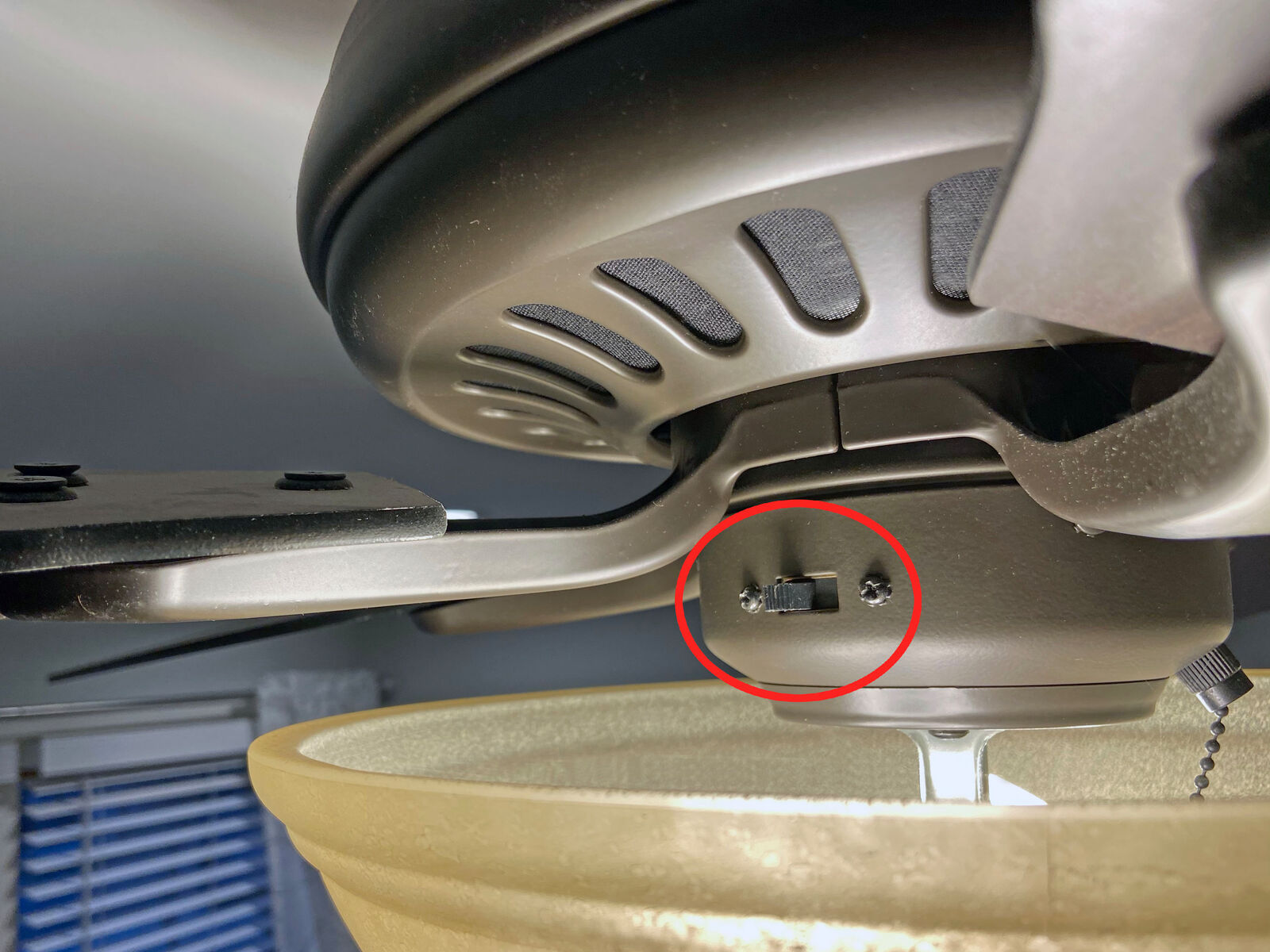
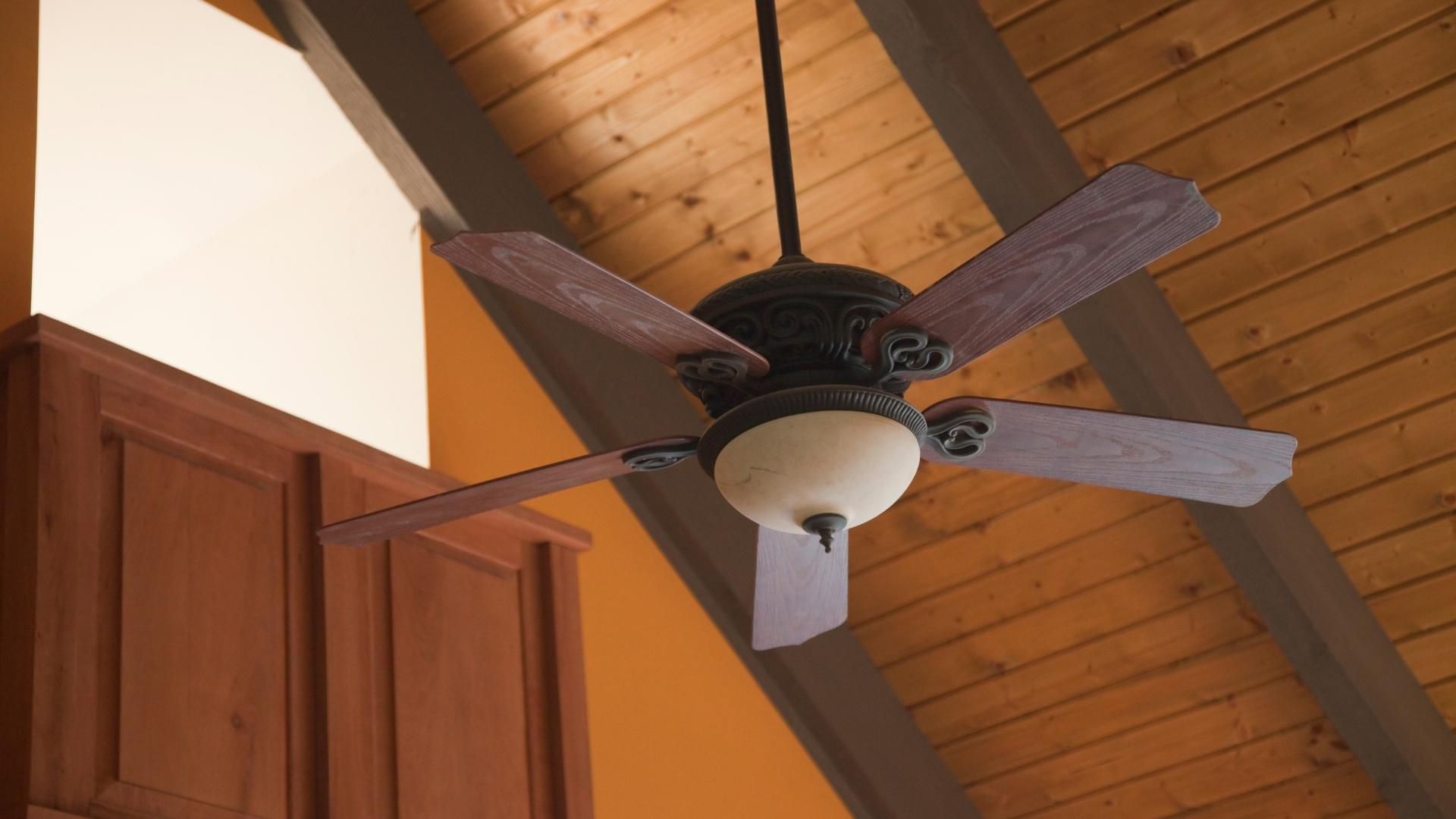
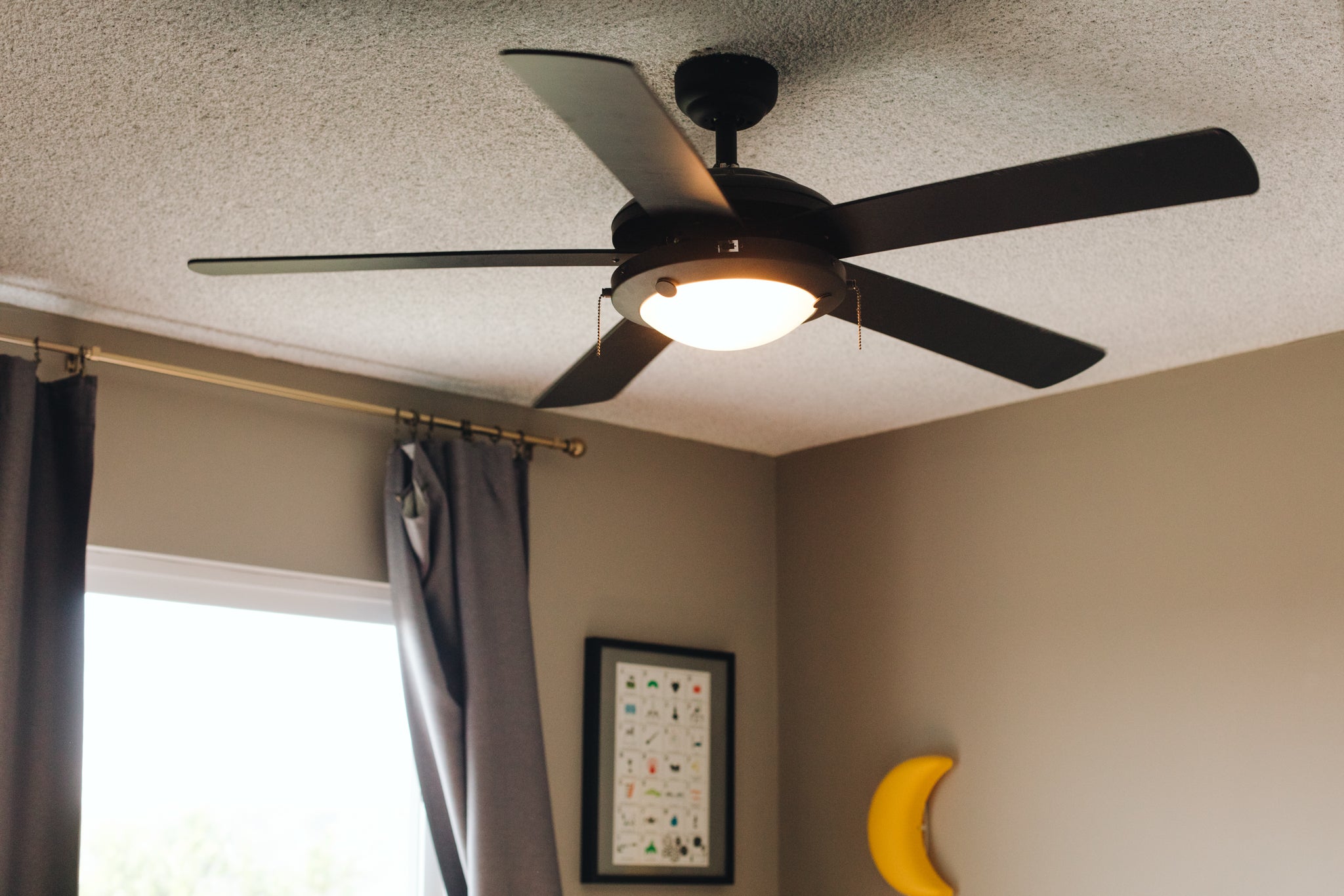
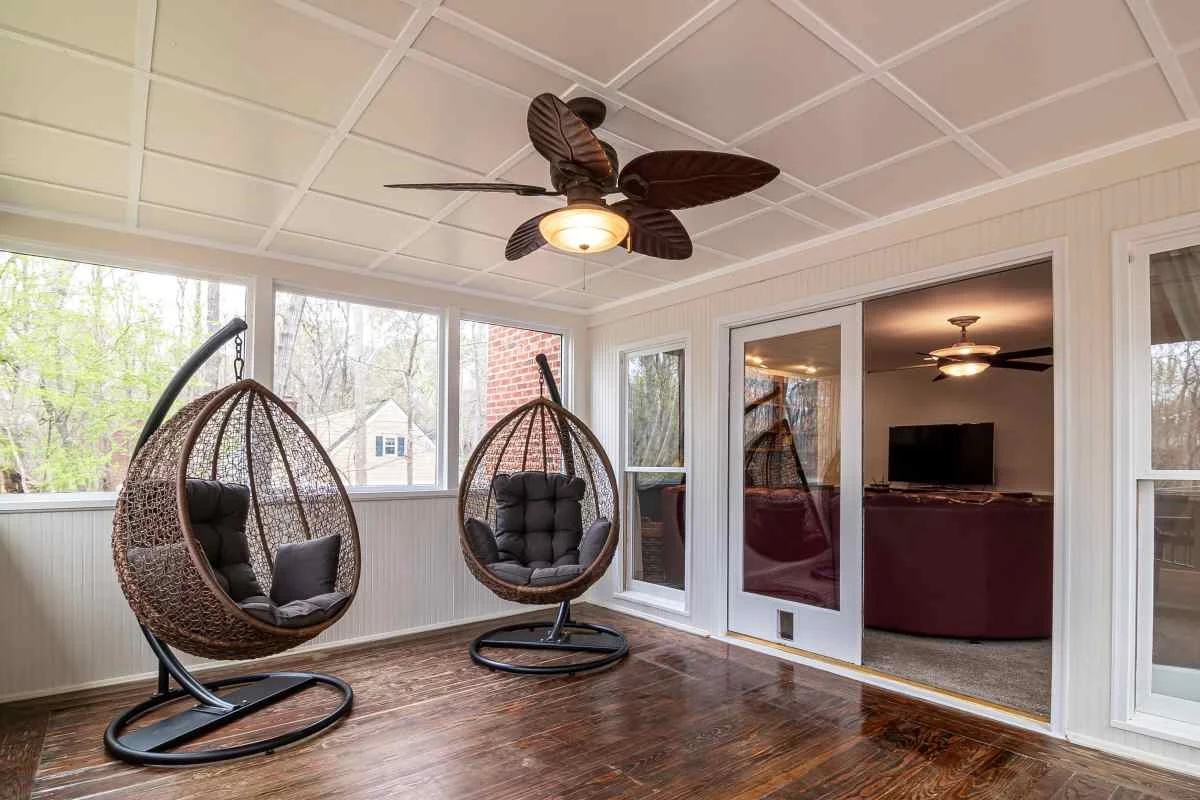
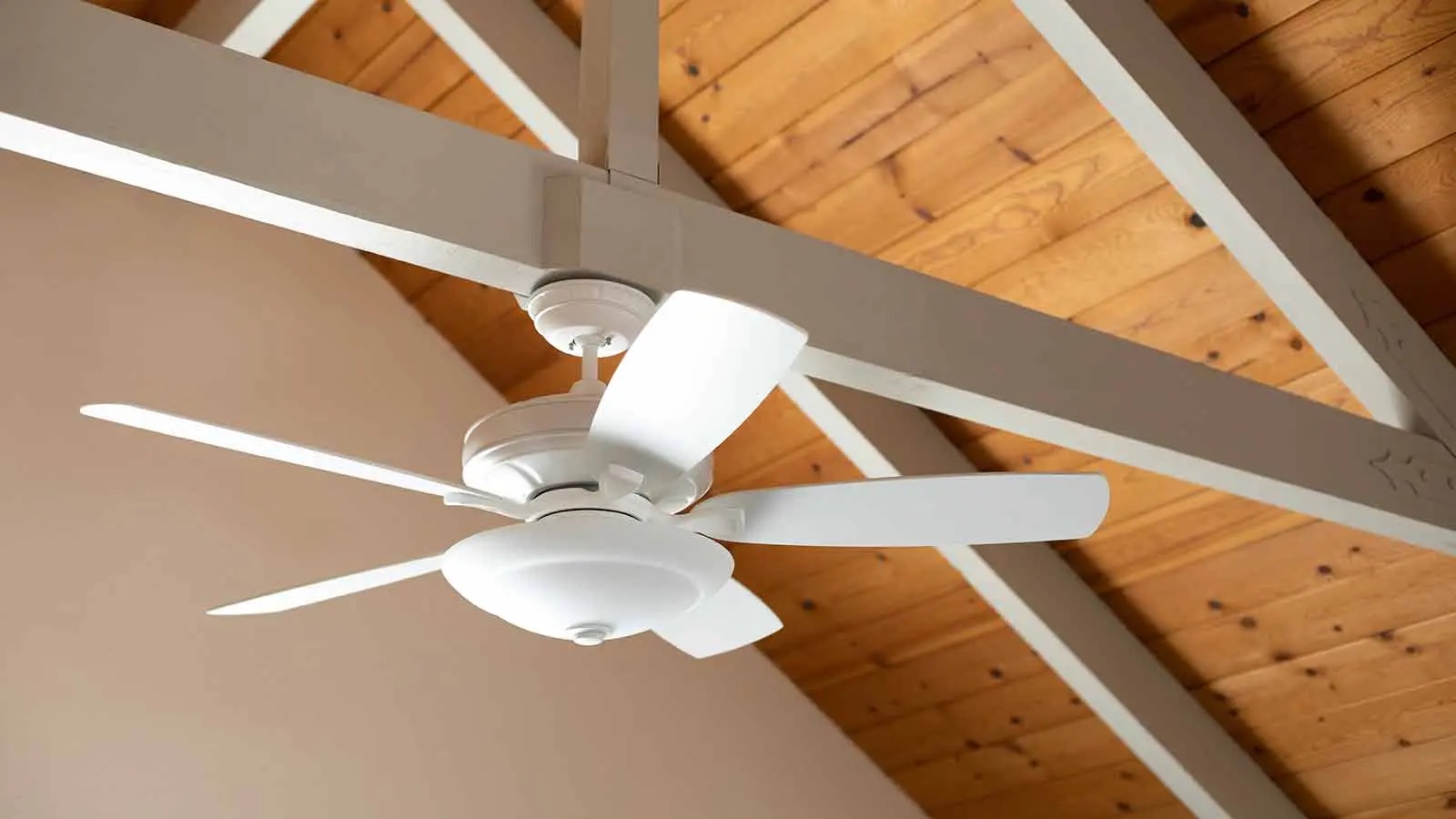
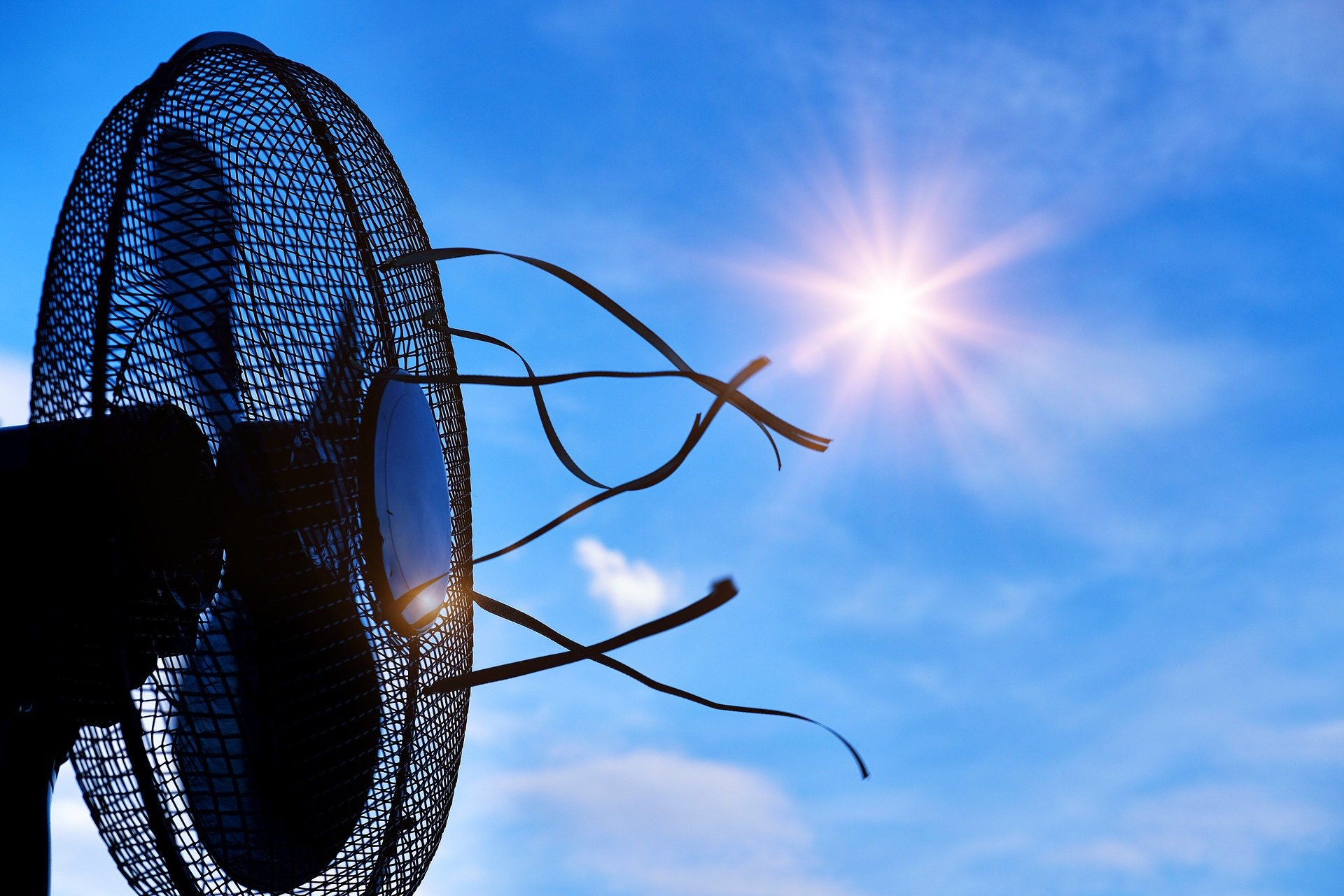
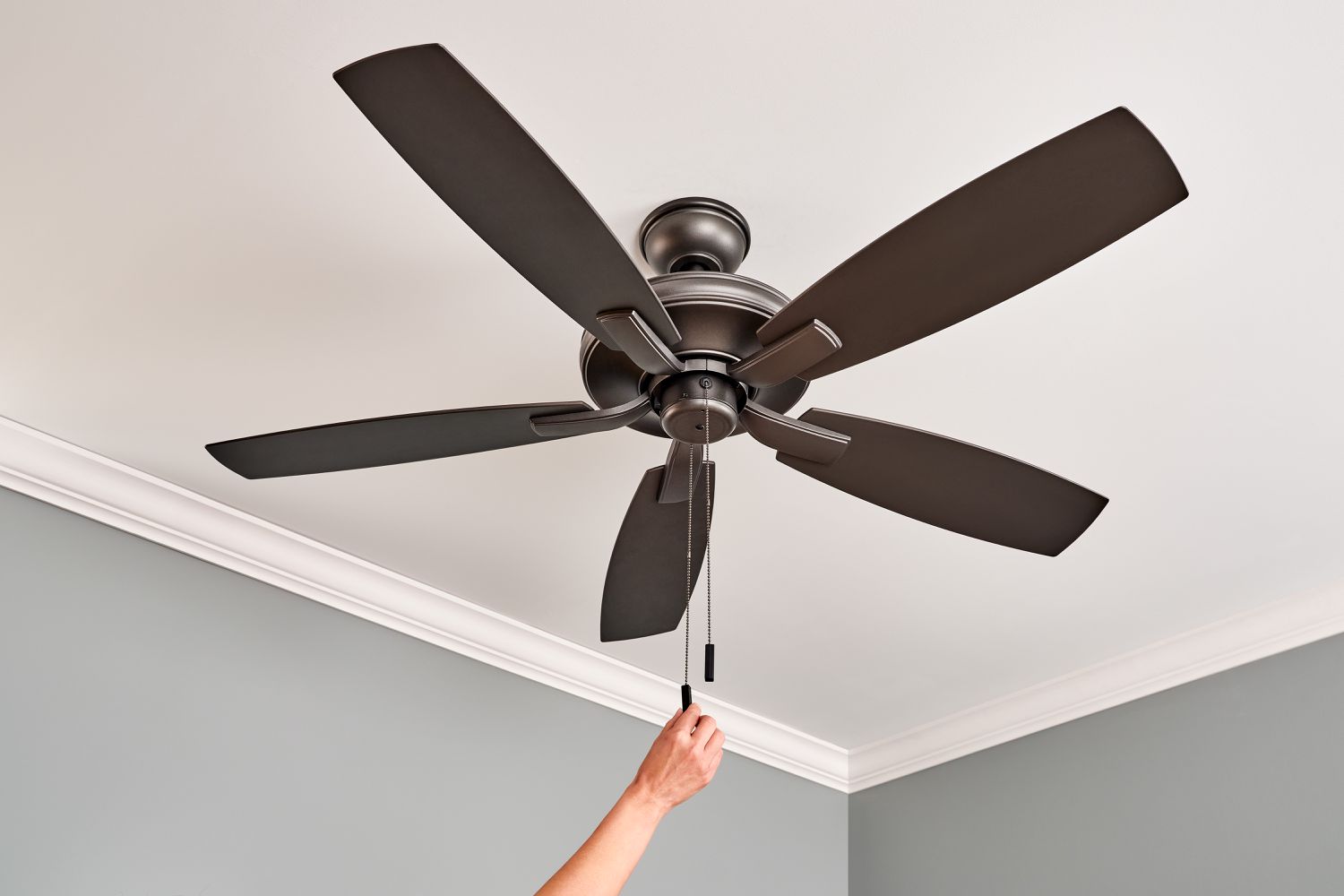
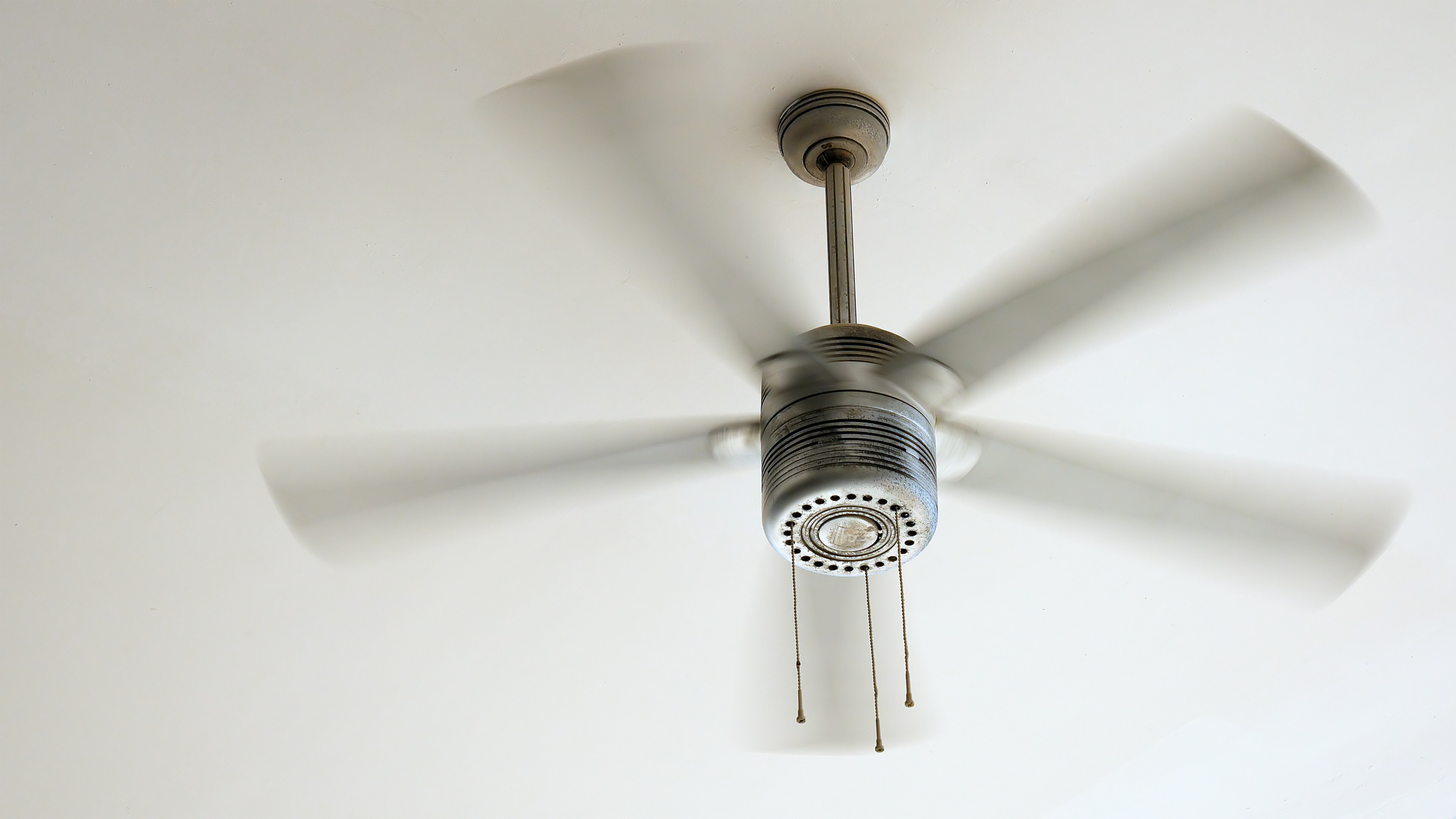
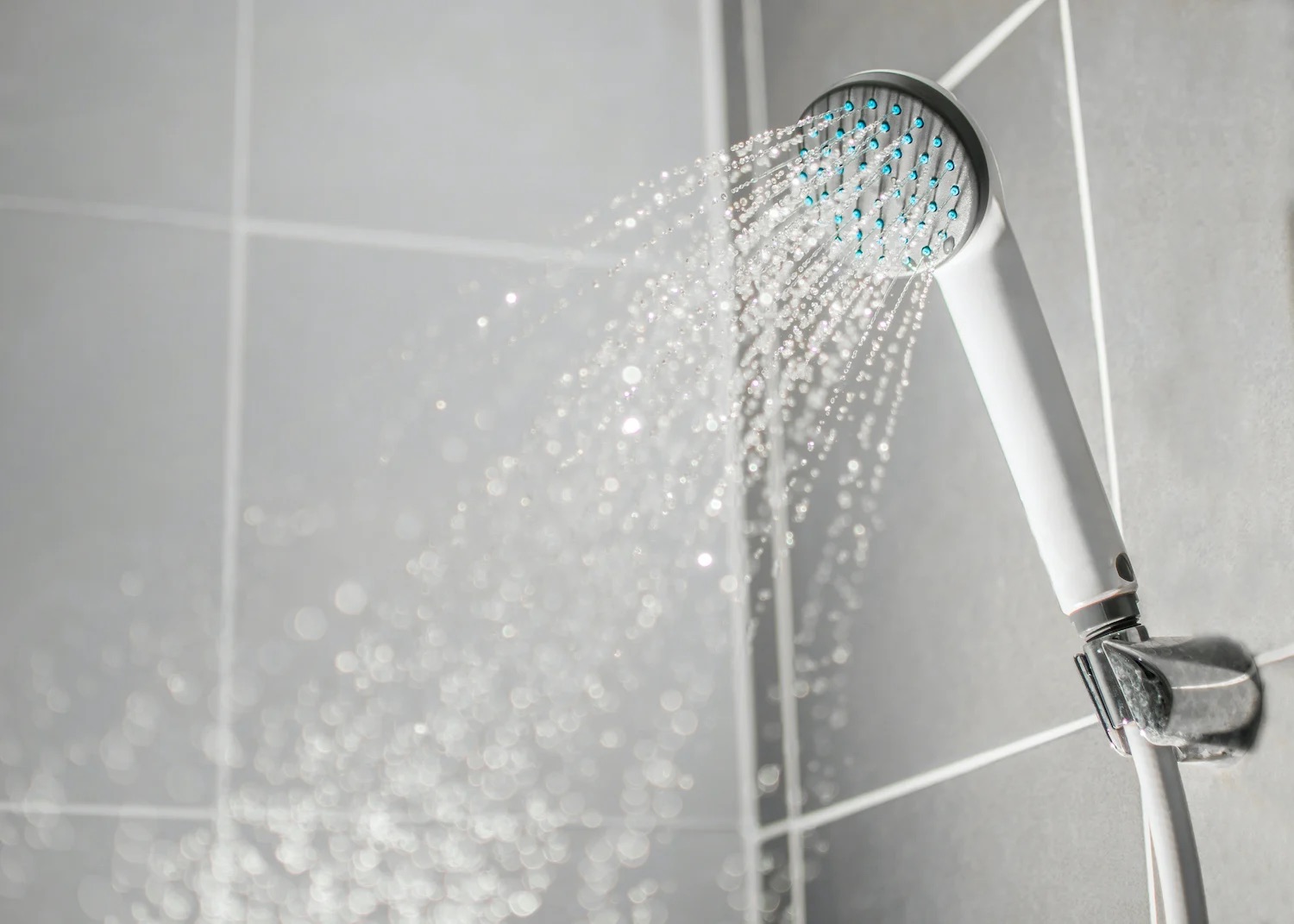
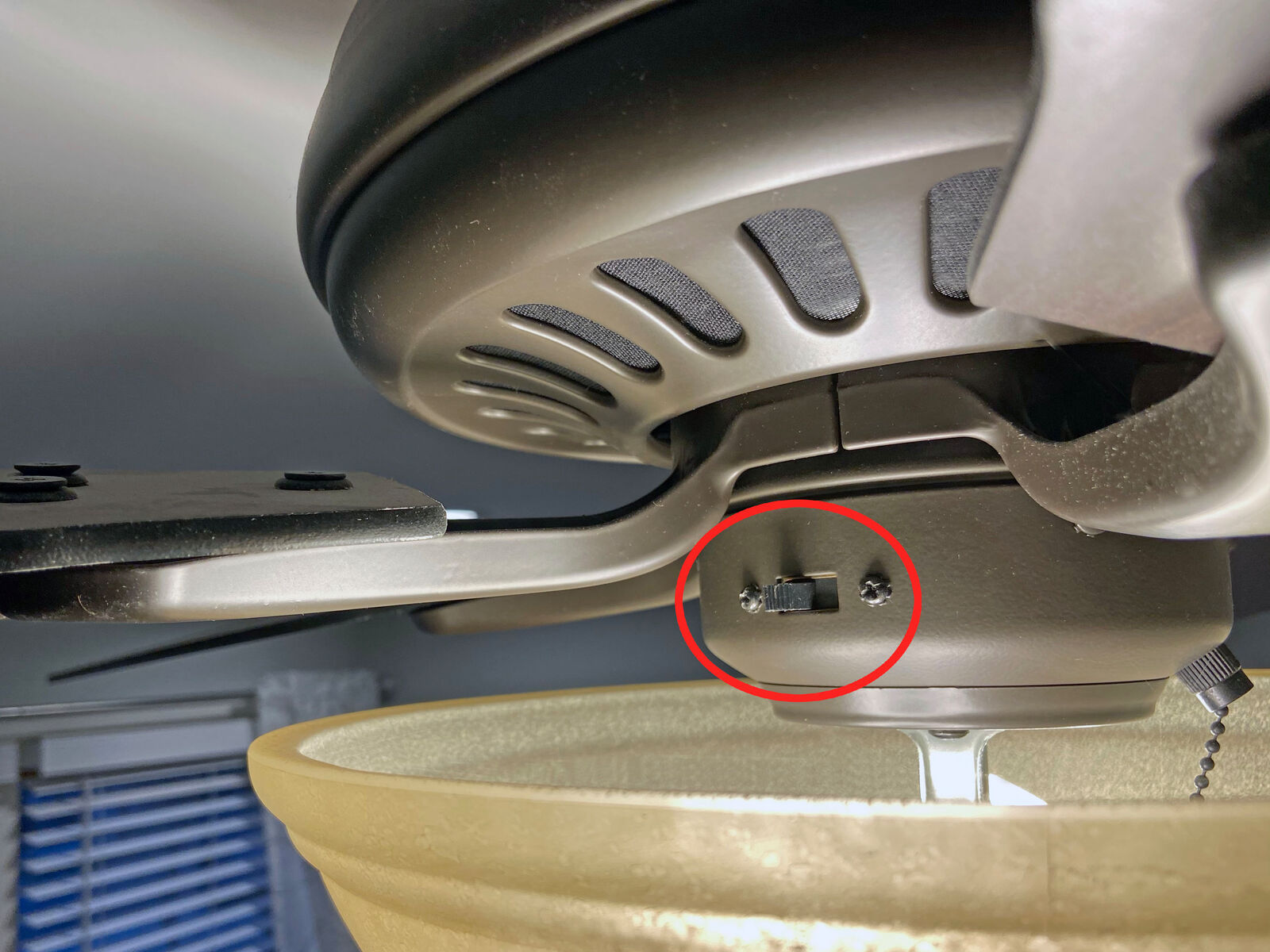

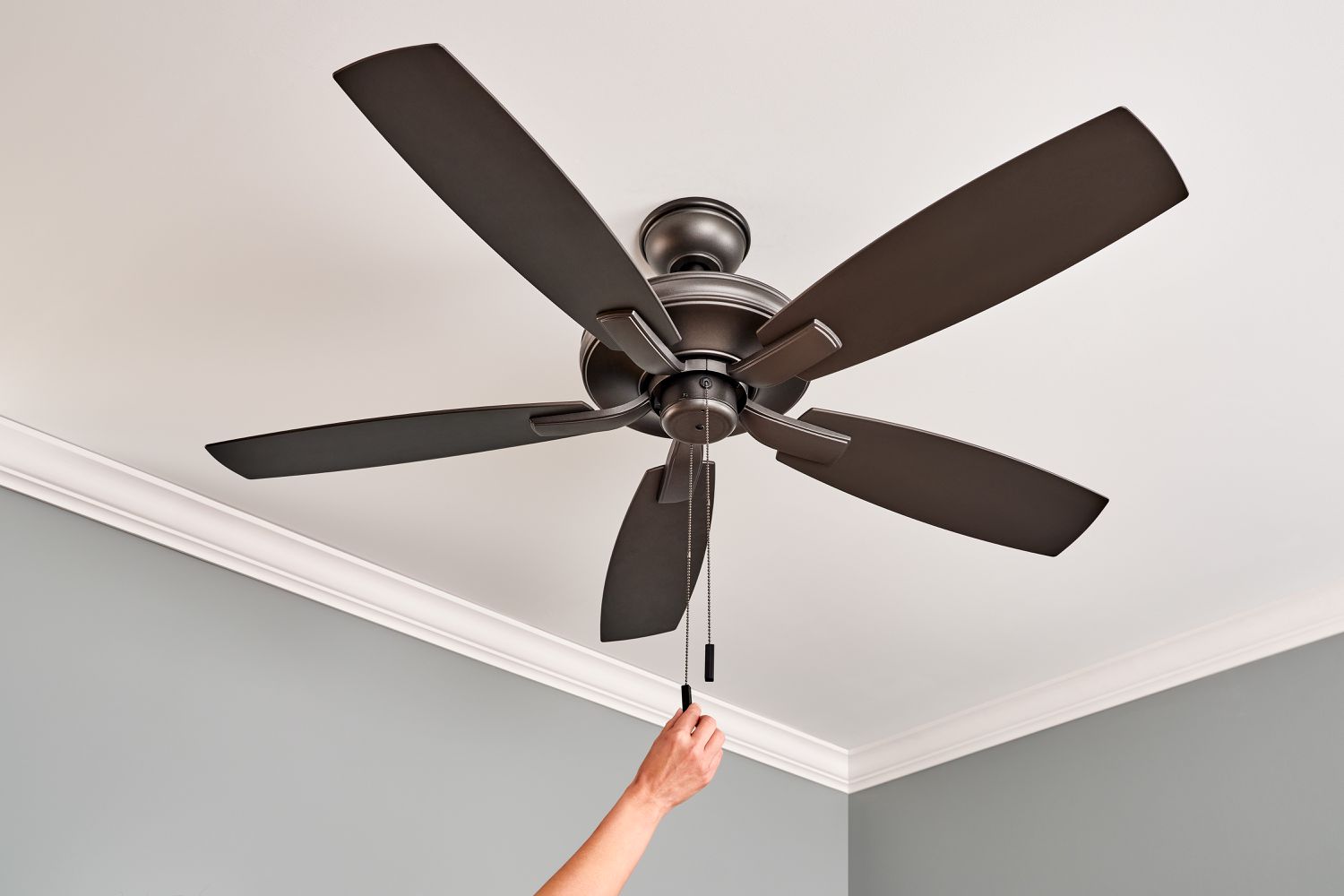


0 thoughts on “Which Direction Should A Ceiling Fan Go In Summer”